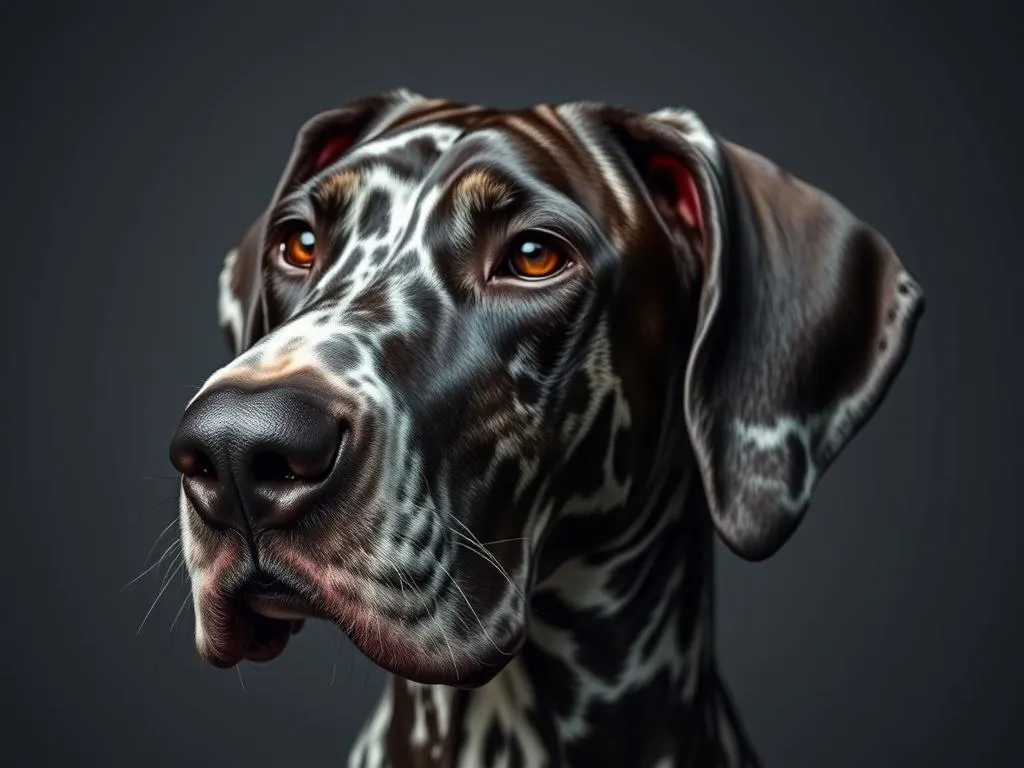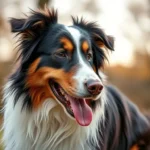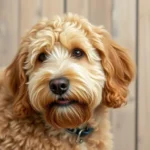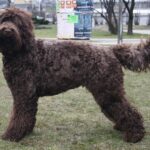
Introduction
The world of dog breeds is vast and diverse, encompassing a wide array of sizes, temperaments, and characteristics. Understanding different breeds is crucial for potential dog owners as it helps them find the perfect match for their lifestyle and family dynamics. Among the many breeds, the Great Dane stands out as a remarkable companion known for its impressive stature and gentle nature.
The Great Dane holds a significant place in both history and modern society. Originally bred as a hunting dog, this breed has evolved into a beloved family pet, known for its affectionate disposition and striking appearance. Let’s delve deeper into the fascinating world of the Great Dane.
History of the Great Dane
Origins of the Breed
The Great Dane is believed to have originated from ancient hunting dogs that were used by nobles in various cultures, including the Egyptians and Romans. However, it was in Germany that the breed was refined and formalized. German and English breeding practices played a crucial role in shaping the Great Dane into what we know today. The breed was initially developed for boar hunting, showcasing strength, speed, and agility.
Evolution Over Time
As the years progressed, the Great Dane transitioned from a fierce hunter to a beloved companion. The breed’s purpose shifted towards providing companionship and protection. Recognition by major kennel clubs, such as the American Kennel Club (AKC), helped solidify the Great Dane’s status as a cherished family pet. Today, the Great Dane is often referred to as a “gentle giant,” reflecting its friendly demeanor and massive size.
Physical Characteristics
Size and Build
One of the most defining features of the Great Dane is its size. Males typically stand between 30 to 34 inches tall at the shoulder and can weigh anywhere from 140 to 175 pounds. Females are slightly smaller, ranging from 28 to 32 inches in height and weighing between 110 to 145 pounds. Their long legs and powerful build contribute to an elegant yet imposing appearance, making them one of the tallest dog breeds in the world.
Coat and Coloration
The Great Dane boasts a short, smooth coat that requires relatively low maintenance. Common coat colors include fawn, brindle, blue, black, and harlequin. Grooming needs are minimal, involving regular brushing to reduce shedding and keep the coat healthy. Despite their large size, the grooming routine for a Great Dane is manageable, making them suitable for various lifestyles.
Temperament and Behavior
General Personality Traits
The Great Dane is renowned for its friendly and gentle temperament. Known as the “gentle giant,” this breed is affectionate, loyal, and sociable. They tend to get along well with children and other pets, making them an excellent choice for families. Their friendly nature means they often seek companionship and can experience separation anxiety if left alone for long periods.
Socialization Needs
To ensure a well-rounded personality, socializing a Great Dane from an early age is essential. Early exposure to various environments, people, and other animals helps them develop confidence and reduces the likelihood of behavioral issues. Positive reinforcement training methods are effective for this breed, allowing them to thrive in a social setting.
Health Considerations
Common Health Issues
Like all breeds, the Great Dane is susceptible to certain health issues. Common concerns include hip dysplasia, bloat (gastric torsion), and heart problems. Regular veterinary check-ups and preventive care are crucial for maintaining their health. Potential owners should be aware of these issues and consider them when contemplating bringing a Great Dane into their home.
Lifespan and Care
The average lifespan of a Great Dane is between 7 to 10 years, which is shorter than many smaller breeds. To ensure a happy and healthy life, proper nutrition is essential. A balanced diet tailored to their size and age will help maintain their overall health. Additionally, regular exercise is vital to prevent obesity and promote a healthy lifestyle.
Living with a Great Dane
Space and Environment Requirements
Due to their large size, Great Danes require ample living space. While they can adapt to apartment living, having a larger home with a yard is ideal. They enjoy having room to move around and play. A lack of space can lead to restlessness and behavioral issues, so potential owners should consider their living environment before adopting this breed.
Exercise and Activity Needs
Despite their size, Great Danes don’t require excessive exercise. A daily routine that includes a couple of walks and some playtime will suffice. Activities like fetch or gentle jogging are great ways to keep them physically active. Ensuring they have enough mental stimulation through training and interactive toys is also important for their well-being.
Great Danes and Families
Compatibility with Children
Great Danes are often excellent companions for children. Their gentle nature makes them patient and tolerant, which is essential for families with young kids. However, supervision is crucial, as their size can unintentionally lead to accidents. Teaching children how to interact with the dog respectfully will foster a strong bond between them.
Other Pets and Animals
When introducing a Great Dane to other pets, a gradual approach is recommended. With proper introductions and socialization, they can coexist harmoniously with other animals. However, early training and supervision during interactions are vital to ensure a positive experience for everyone involved.
Training a Great Dane
Basic Training Techniques
Obedience training is essential for Great Danes due to their size and strength. Basic commands like sit, stay, and come are crucial for safety and control. Positive reinforcement methods, such as treats and praise, work well with this breed. Consistency in training sessions will help reinforce good behavior and establish a strong bond between the owner and the dog.
Addressing Behavioral Issues
While the Great Dane is generally well-behaved, they may encounter some behavioral challenges. Common issues include jumping, barking, or stubbornness. Addressing these concerns early through training and positive reinforcement can lead to successful behavior modification. Patience and understanding are key components in overcoming any challenges.
Adopting a Great Dane
Where to Find a Great Dane
When considering adoption, potential owners can explore reputable breeders or rescue organizations. It’s essential to research breeders to ensure they follow ethical breeding practices. Shelters and rescues often have Great Danes in need of homes, providing a wonderful opportunity to adopt a dog in need of love and care.
Cost of Ownership
Owning a Great Dane comes with both initial and ongoing costs. Initial expenses include adoption fees, vaccinations, and spaying or neutering. Ongoing costs encompass food, healthcare, grooming, and training. It’s vital to budget for these expenses to ensure a stable and healthy environment for your Great Dane.
Conclusion
The Great Dane is a majestic breed that captures the hearts of many with its gentle nature and impressive size. From its rich history to its affectionate temperament, this breed offers a unique companionship that is hard to match. Understanding the needs and considerations of owning a Great Dane is essential for any potential owner.
As with any pet, responsible ownership and commitment are crucial for providing the best life possible for your Great Dane. If you’re considering adding a Great Dane to your family, take the time to research and connect with this remarkable breed. The love and joy they bring to your life will undoubtedly be worth it.









